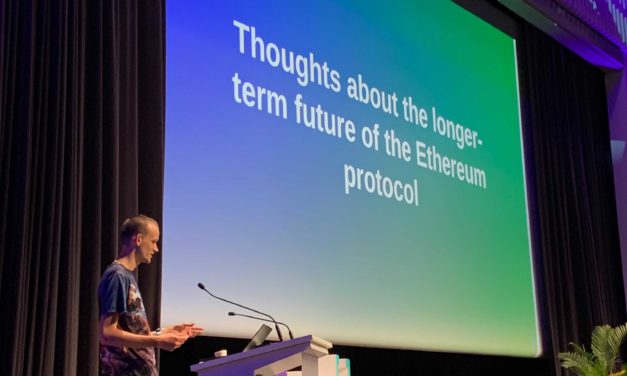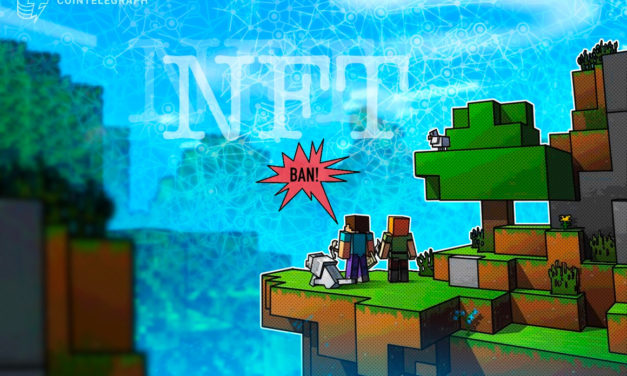HARTi and Mitsui Sumitomo roll out NFT insurance coverage for claims
As announced on Tuesday, Japanese NFT Platform HARTi and insurance group Mitsui Sumitomo (三井住友海上) will roll out nonfungible token, or NFT, insurance for all digital artworks exhibited within the HARTi app. The insurance will attach to the NFT pieces on display by sellers free of charge, with HARTi responsible for the premium payments. Under the scheme, Mitsui Sumitomo will compensate owners of insured NFTs if their digital assets are compromised by unauthorized third-party access (such as through phishing, theft or wallet hacks) or become bugged or glitched during transfers. In such events, the policy will payout compensation to the NFT owner based on the exhibition price of each item and up to a maximum value of 500,000 yen ($3,661). The two parties expect to expand their collaboration in mitigating the risks of NFTs and would provide policies with higher compensation limits in the future.Regarding the development, Yuya Yoshida, founder, and CEO of HARTi, said:”The theme of safety and security is paramount for encouraging the entry of major Japanese companies into NFTs, including department stores, commercial facilities, and major brands. Therefore, we hope this new service will play a role in the safety of the domestic NFT secondary market.”Yoshida continued: “Considering the importance of insurance for the sound development of the domestic NFT secondary market, Mitsui Sumitomo Insurance developed the policy from scratch, making it the first case in Japan.” Other Japanese corporate giants that have ventured into the crypto and NFTs space include investment bank Nomura and video game publisher Square Enix. 3/百貨店や商業施設、そして大手ブランドに至るまで、日本国内の大手企業のNFT参入を促すためには、「安心•安全」のテーマは不可欠です。市場は2023年にかけて、既存の大手企業も参入が続くタイミングになると予測します。こちらが国内NFT流通市場の安全性担保の一助に繋がることを願っています!— Yuya Yoshida|HARTi Inc. (@yosshii_1) July 25, 2022
Čítaj viac






